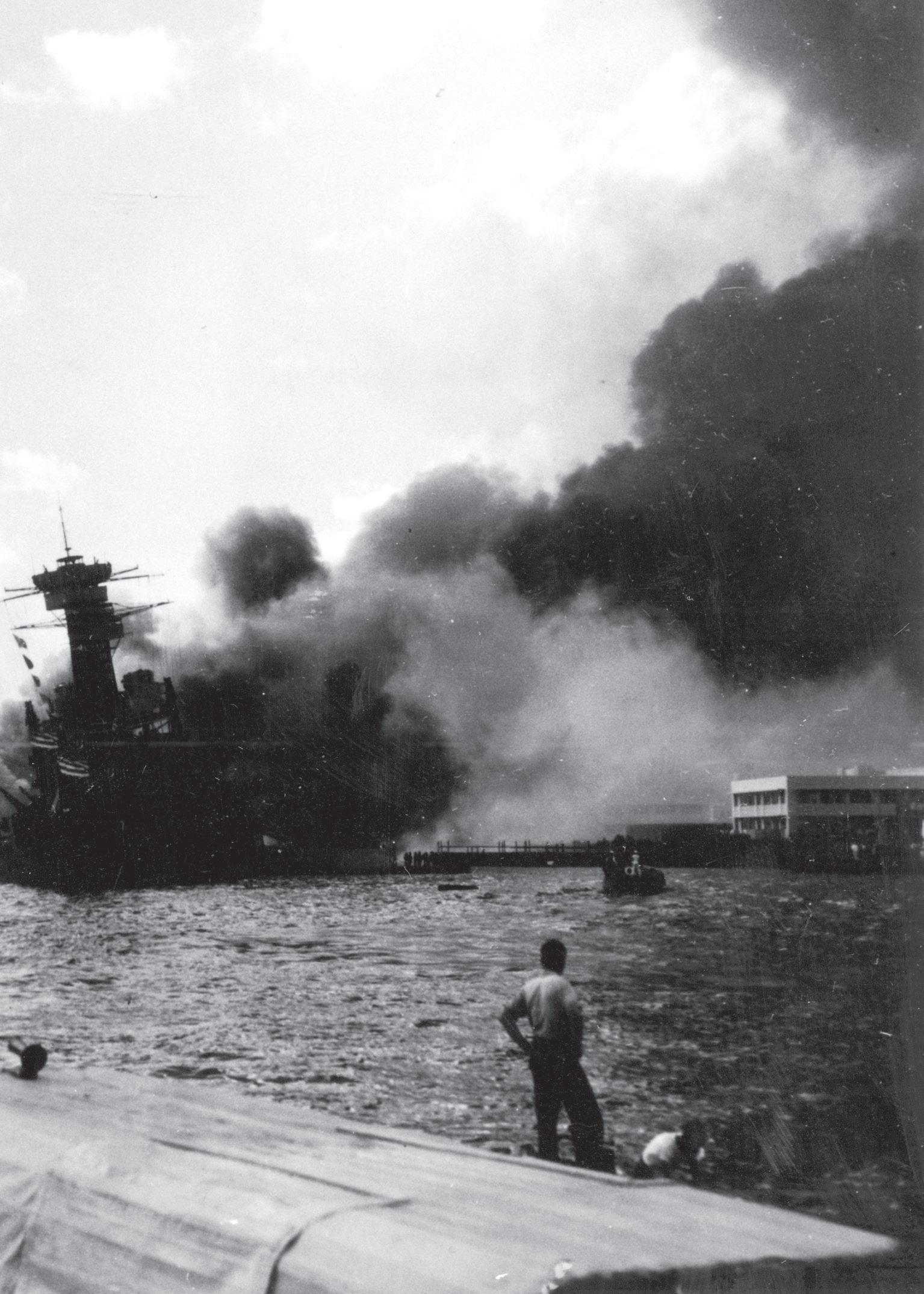
1 minute read
INTRODUCTION
As the first of 353 Japanese aircraft broke through the clouds just a few miles off the coast of Oahu on the morning of December 7, 1941, it brought to an end America’s long-held policy of remaining officially neutral in the devastating war which was engulfing the world.
By the end of the offensive which ensued, the US had lost more than 2000 military personnel in a sneak attack, Japan was revelling in what it believed to be a great and decisive tactical victory – and neither could yet imagine the way in which the events of that fateful Sunday had already changed the world.
For America, torn between nearly 165 years of isolationism and a growing desire for a global role, the attack on Pearl Harbor sent a unifying wave across the nation which now entered the conflict with an overwhelming vigour and sense of resolve. Westwards, across the Pacific, Japan followed its success in Hawaii with a dominant military campaign in South East Asia where it gained a significant early upper hand.
Soon, however, the US would begin a slow but decisive fight back which would result in several key victories, and culminate in the unleashing of the world’s first atomic weapons in Hiroshima and Nagasaki.
It’s through this historical context that I have attempted to tell the fascinating and often harrowing story of Pearl Harbor – not just what happened that day, but the complex set of circumstances which are inexorably linked to why it occurred, how it unfolded and the significant impact felt by both the belligerents involved and the wider world.




